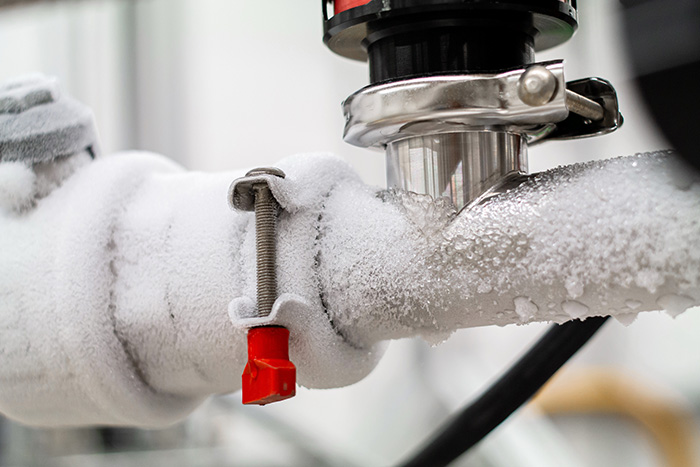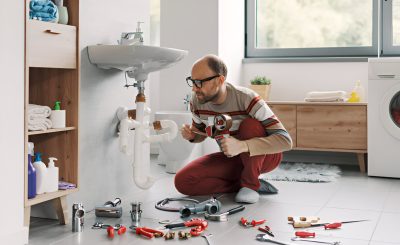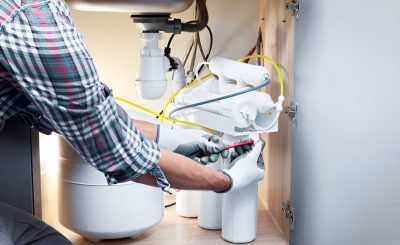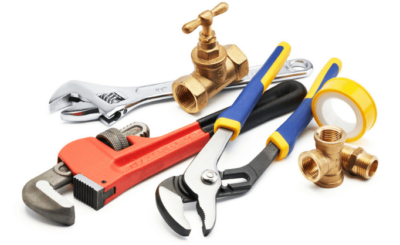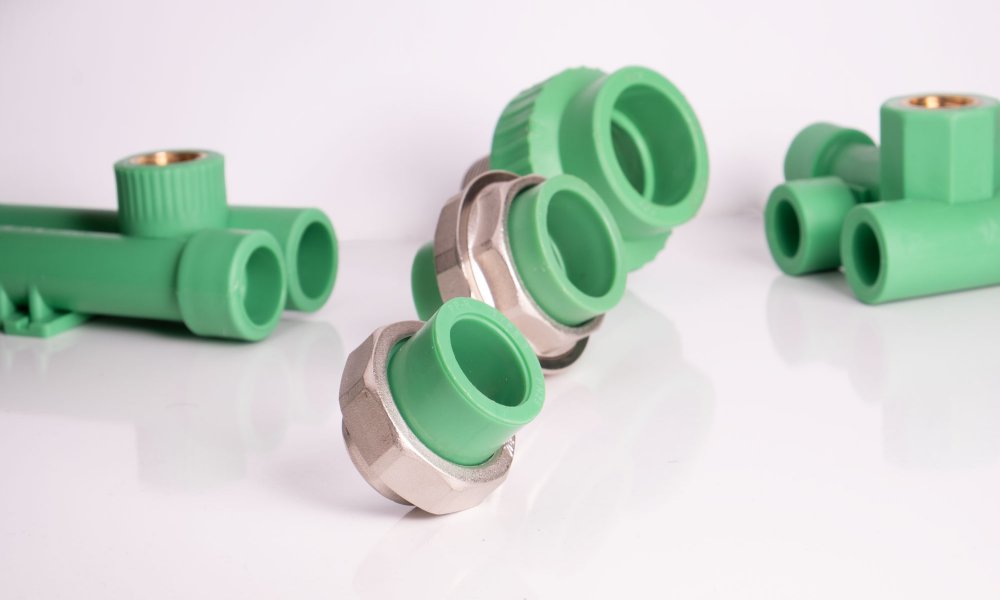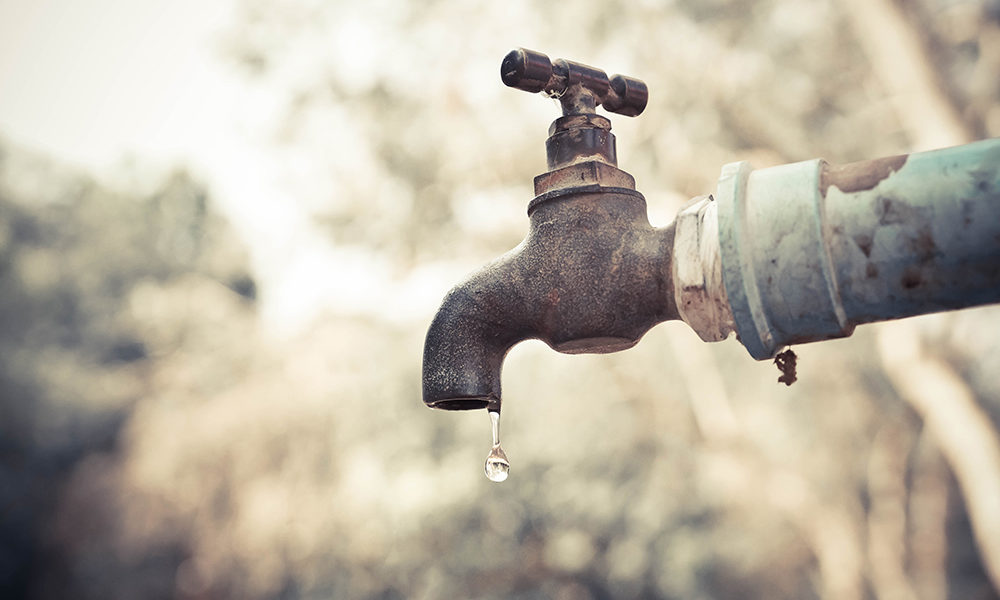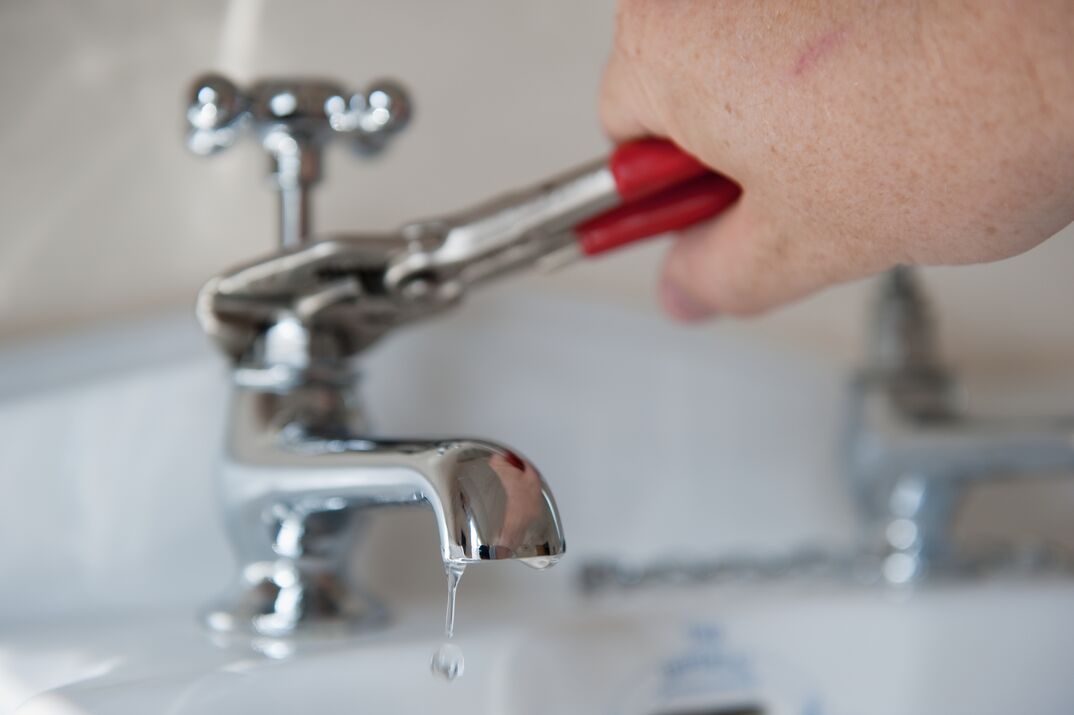Winter is a beautiful season, but it can also be harsh and unforgiving, especially on your home’s plumbing system. Frozen pipes are one of the most common plumbing problems homeowners face during the winter months. The good news is that there are several preventive measures you can take to avoid frozen pipes, and there are also ways to address them if they do occur.
Preventive Measures
- Insulate your pipes: Insulating your pipes with foam or fiberglass sleeves is an effective way to prevent them from freezing. Focus on pipes in unheated areas such as the attic, garage, and crawl space.
- Seal air leaks: Air leaks around windows and doors can cause a drop in temperature, leading to frozen pipes. Seal any air leaks in your home to keep it warm and cozy.
- Keep your home warm: Make sure your home is well heated during the winter months, even when you’re away. Set your thermostat to at least 55 degrees Fahrenheit to prevent frozen pipes.
- Leave cabinet doors open: Open cabinet doors under sinks to allow warm air to circulate around the pipes.
- Keep faucets dripping: Allowing a small drip from your faucets can prevent pipes from freezing. Moving water is less likely to freeze than standing water.
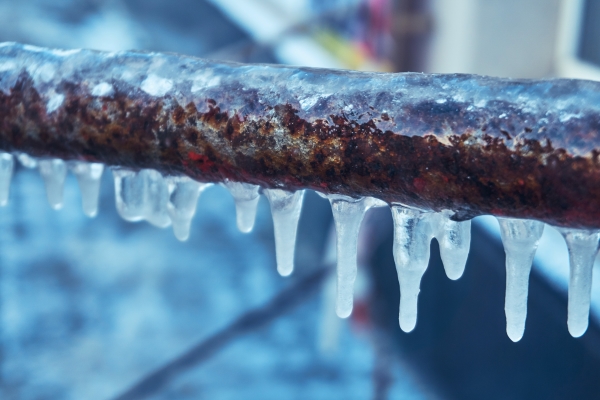
Addressing Frozen Pipes
If you suspect your pipes are frozen, the first thing you should do is turn off your main water supply to prevent any burst pipes. Here are some ways to address frozen pipes:
- Apply heat: Use a hair dryer, space heater, or heat lamp to thaw the frozen pipes. Start from the end nearest to the faucet and work your way backward.
- Wrap pipes in towels: Soak towels in hot water and wrap them around the frozen pipes.
- Use a heating pad: Place a heating pad on the frozen pipes and leave it there for an hour or two.
- Call a professional: If you’re unable to thaw your frozen pipes, it’s best to call a licensed plumber to avoid causing further damage to your plumbing system.
Remember, prevention is key when it comes to frozen pipes. Taking these preventive measures can save you time, money, and frustration in the long run. However, if you do experience frozen pipes, don’t panic. With the right tools and techniques, you can address the problem and get your plumbing system back to normal in no time.


